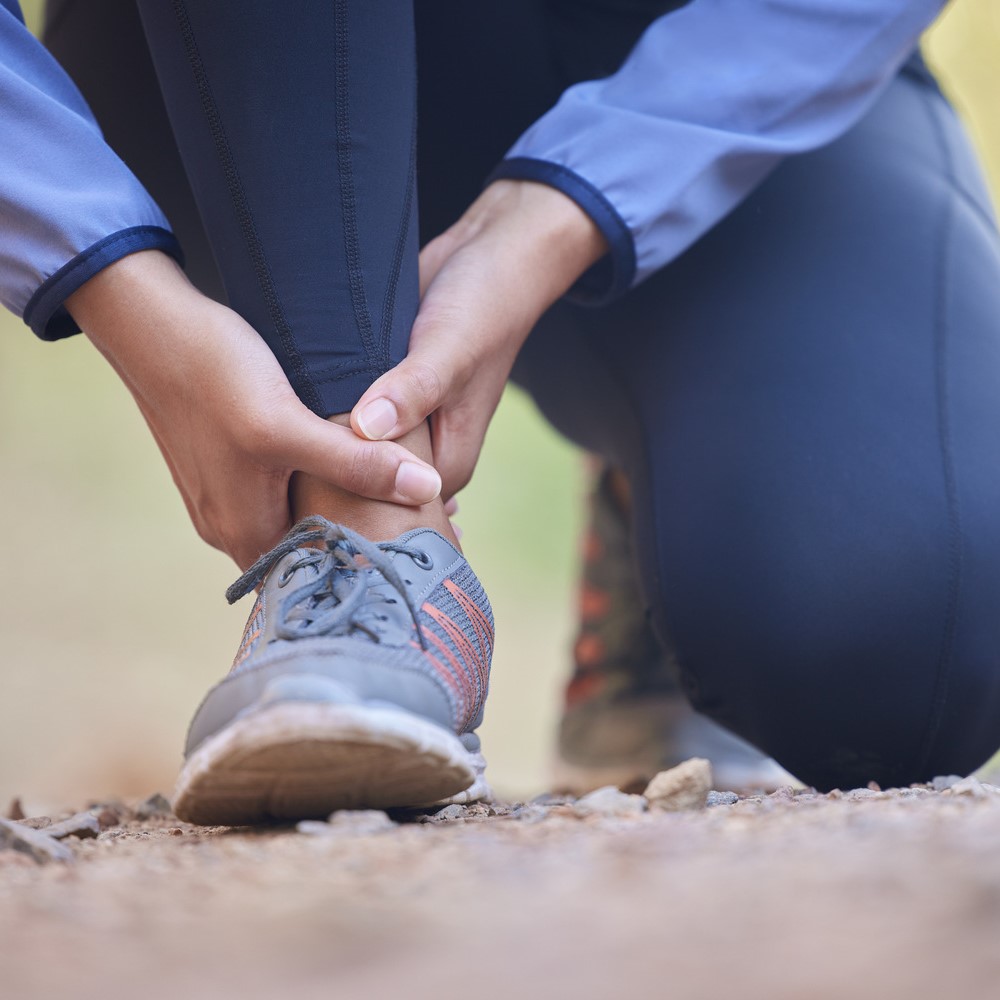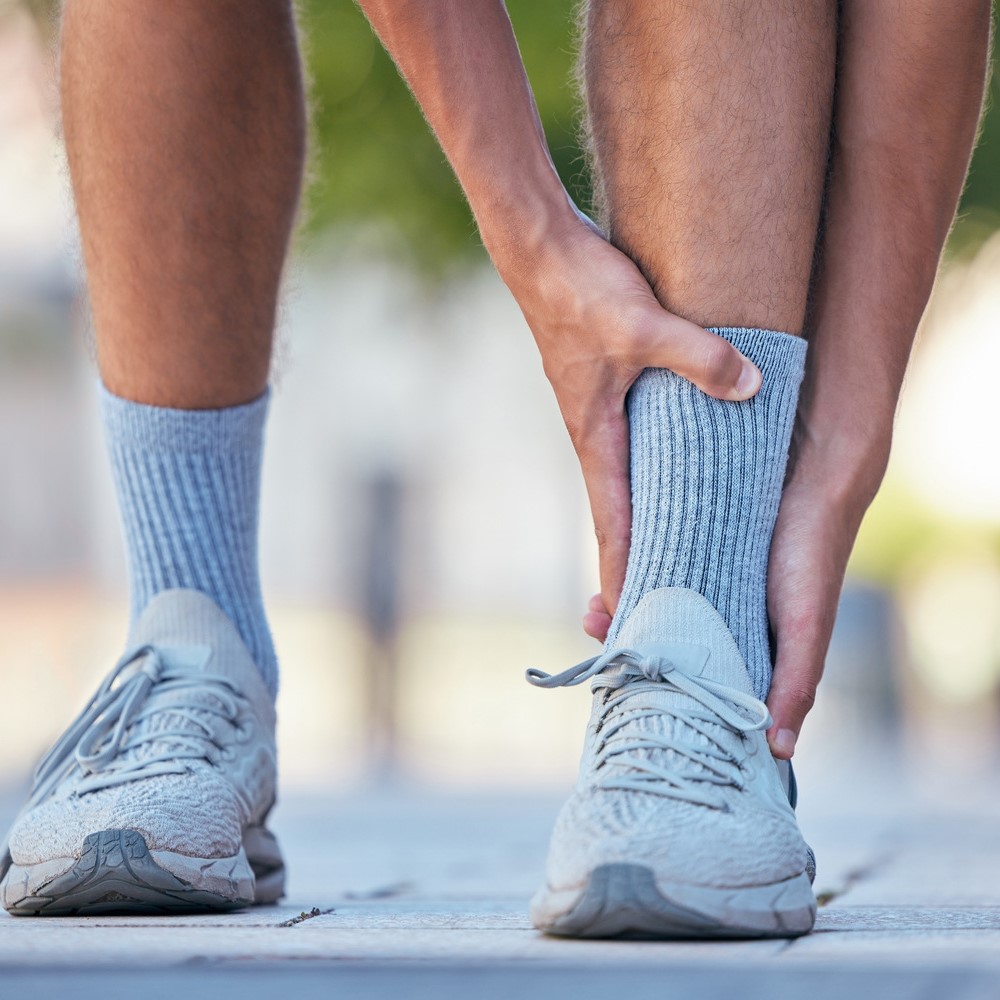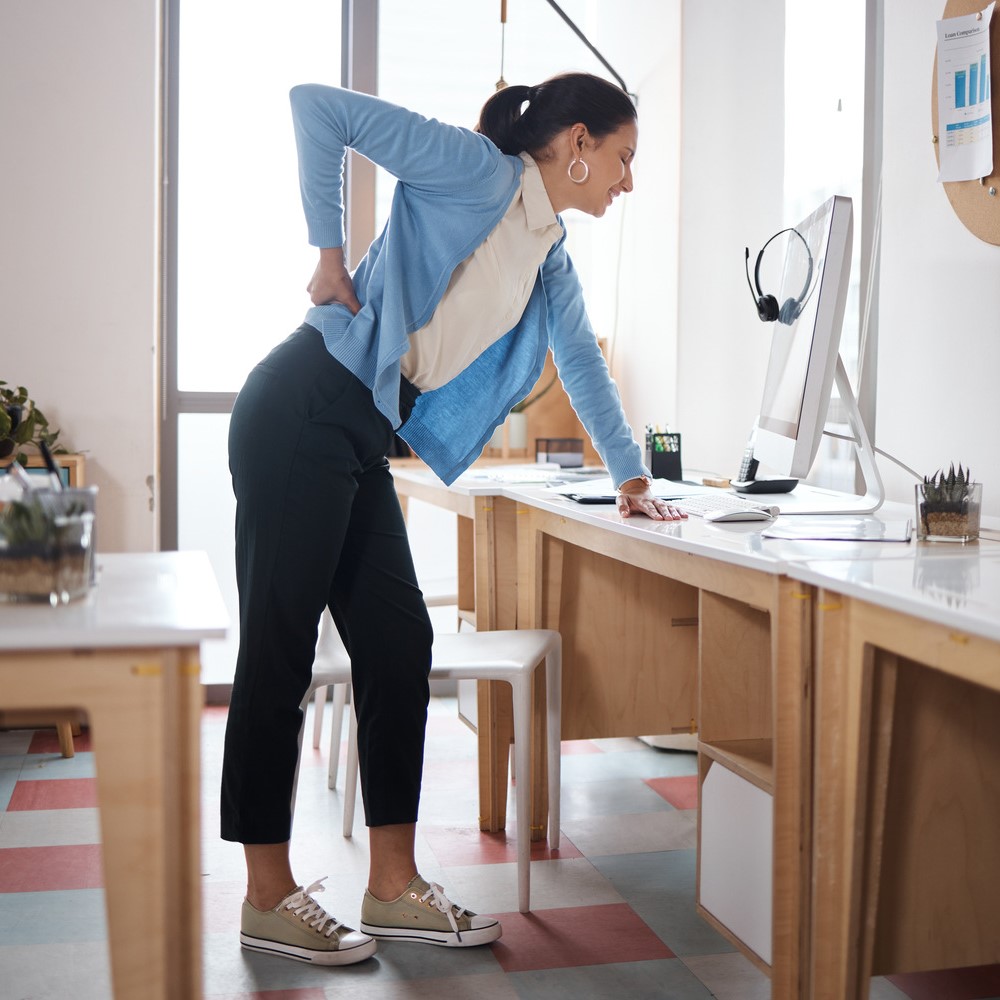How Can Overweight Cause Foot Pain?
Are your feet feeling the weight of the world? If you’re overweight or obese, you may be more likely to experience foot pain. Wait… can overweight cause foot pain? Well, yes, that’s because extra weight puts extra stress on your feet, which can damage the bones, muscles, and tendons. Let’s explore more and dive deeper. How Does Being Overweight Cause Foot Pain? Overweight and obesity are major risk factors for many health problems, including heart disease, stroke, type 2 diabetes, and some types of cancer. But did you know that they can also lead to foot pain? That’s right. Extra weight puts extra stress on your feet, which can cause a variety of problems, including: Plantar fasciitis: This is a condition that causes pain in the bottom of the foot, often around the heel. Metatarsalgia: This is a pain in the ball of the foot, caused by inflammation of the metatarsal bones. Hammertoe: This is a deformity of the toes that can cause pain and difficulty walking. Calluses: These are thick, hardened areas of skin that can develop on the feet due to friction and pressure. Corns: These are small, hard bumps that can develop on the feet due to pressure and friction. Why Does Being Overweight Cause Foot Pain? Here’s why Extra weight puts more stress on the bones, muscles, and tendons in the feet. This can lead to pain, inflammation, and deformity. Also, overweight people are more likely to have: Flat feet. Flat feet can put more stress on the front of the foot, which can lead to pain and calluses. High arches. High arches can put more stress on the heel, which can lead to pain and plantar fasciitis. Wear ill-fitting shoes. Ill-fitting shoes can put more stress on the feet and lead to pain. Find out how shoes can cause foot problems! If you are overweight or obese, you are more likely to develop foot pain. This is because the extra weight puts more stress on your feet, which can damage the bones, muscles, and tendons. If you are experiencing foot pain, it is important to see a podiatrist to determine the cause. Once the cause is known, treatment can be started to relieve the pain and improve your function. Tips to Prevent Foot Pain In addition to treatment, there are also things you can do to help prevent foot pain, such as: Maintaining a healthy weight: This is the most important thing you can do to reduce your risk of foot pain. Wearing comfortable shoes: Choose shoes that fit well and provide good support. Tips to choose a good shoe. Exercising regularly: Exercise can help to strengthen your feet and improve your balance. Stretching your feet: Stretching can help to improve flexibility and range of motion in your feet. Tips for fitter feet. Overweight can cause foot pain but there are things you can do to keep your feet healthy and pain-free. Don’t let foot pain hold you back
How Can Overweight Cause Foot Pain? Read More »












